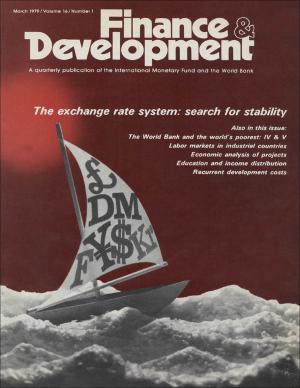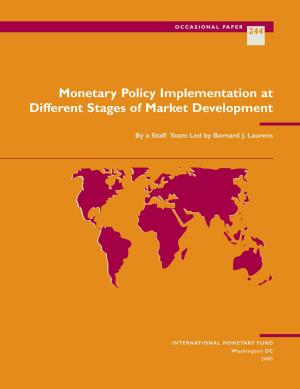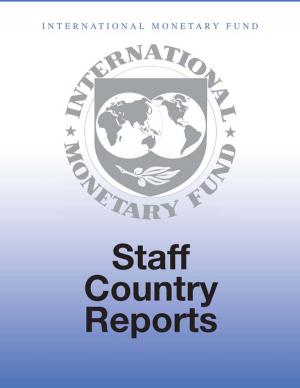Assessing Reserve Adequacy in Low-Income Countries
Business & Finance, Economics, Public Finance, Finance & Investing, Banks & Banking, Macroeconomics| Author: | V. Mr. Crispolti, Era Ms. Dabla-Norris, Jun Mr. Kim, George Mr. Tsibouris, Kazuko Shirono | ISBN: | 9781475554526 |
| Publisher: | INTERNATIONAL MONETARY FUND | Publication: | March 8, 2013 |
| Imprint: | INTERNATIONAL MONETARY FUND | Language: | English |
| Author: | V. Mr. Crispolti, Era Ms. Dabla-Norris, Jun Mr. Kim, George Mr. Tsibouris, Kazuko Shirono |
| ISBN: | 9781475554526 |
| Publisher: | INTERNATIONAL MONETARY FUND |
| Publication: | March 8, 2013 |
| Imprint: | INTERNATIONAL MONETARY FUND |
| Language: | English |
Low-income countries routinely experience exogenous disturbances�sharp swings in the terms of trade, export demand, natural disasters, and volatile financial flows�that contribute to higher volatility in aggregate output and consumption compared with other countries. Assessing Reserve Adequacy in Low-Income Countries presents the findings of an analysis of a range of external shocks faced by these countries, beginning with a discussion of the impact of external shocks on macroeconomic growth, volatility, and welfare. Although sound macroeconomic and prudential policy frameworks are the first line of defense for limiting vulnerability, international reserves constitute the main form of self-insurance against such shocks. The evidence suggests that low-income countries with reserve coverage above three months of imports were better able to smooth consumption and absorption in the face of external shocks compared with those with lower reserve holdings. The analysis also points to the importance of country characteristics and vulnerabilities in assessing reserve adequacy.
Low-income countries routinely experience exogenous disturbances�sharp swings in the terms of trade, export demand, natural disasters, and volatile financial flows�that contribute to higher volatility in aggregate output and consumption compared with other countries. Assessing Reserve Adequacy in Low-Income Countries presents the findings of an analysis of a range of external shocks faced by these countries, beginning with a discussion of the impact of external shocks on macroeconomic growth, volatility, and welfare. Although sound macroeconomic and prudential policy frameworks are the first line of defense for limiting vulnerability, international reserves constitute the main form of self-insurance against such shocks. The evidence suggests that low-income countries with reserve coverage above three months of imports were better able to smooth consumption and absorption in the face of external shocks compared with those with lower reserve holdings. The analysis also points to the importance of country characteristics and vulnerabilities in assessing reserve adequacy.















